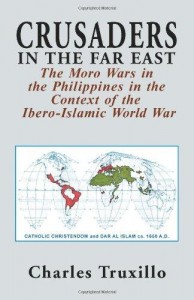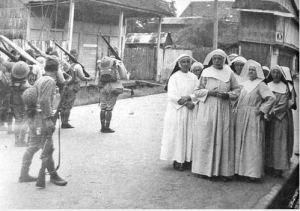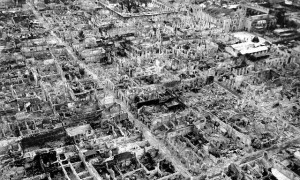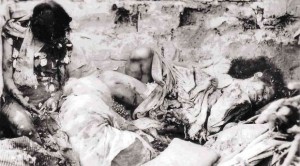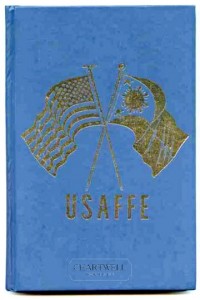
USAFFE by Poweleit, Alvin C., M.D., Major, U.S. Army Medical Corps (Ret.) (Author) USAFFE, the loyal Americans and faithful Filipinos: A saga of atrocities perpetrated during the fall of the Philippines, the Bataan Death March, and Japanese imprisonment and survival Hardcover – 1975 Title USAFFE, the loyal Americans and faithful Filipinos : a saga of atrocities perpetrated during the fall of the Philippines, the Bataan Death March, and Japanese imprisonment and survival / by Alvin C. Poweleit. Subject Poweleit, Alvin C. World War, 1939-1945--Campaigns--Philippines. World War, 1939-1945--Prisoners and prisons, Japanese. World War, 1939-1945--Health aspects. World War, 1939-1945--Personal narratives, American. Description Wartime diary of the American Surgeon of the Provisional Tank Group, from arrival in the Philippines through the battles for the defense of the Philippines, the Death March, prisoner of war experiences and liberation. Poweleit was a reserve officer called to active duty in 1940, and attached to the 192nd Tank Battalion; he arrived in the Philippines less than a month before the war started. He was with the tank men from the start of the war through the surrender of Bataan; imprisoned in Camp O’Donnell, Cabanatuan and other camps, and then moved to Taiwan in September 1944, where he stayed till the end of the war. The book is not a verbatim publication of his diary proper, but has added information taken from post-war sources. He also recounts the other hell ships and the Palawan Massacre. Creator Poweleit, Alvin C. Publisher [s.l.] : Poweleit, c1975 Date 1975 Format 24 x 16 cm. Type Hardbound Call Number D 767.4 .P68 1975 Accession Number 13978 Pagination vii, 182 p. Illustration ill., maps Keywords Poweleit, Alvin C.; World War, 1939-1945--Campaigns--Philippines.; World War, 1939-1945--Health aspects.; World War, 1939-1945--Personal narratives, American.; World War, 1939-1945--Prisoners and prisons, Japanese. Collection Diaries Citation Poweleit, Alvin C., “USAFFE, the loyal Americans and faithful Filipinos : a saga of atrocities perpetrated during the fall of the Philippines, the Bataan Death March, and Japanese imprisonment and survival / by Alvin C. Poweleit.,” FHL - Roderick Hall Collection, accessed January 30, 2016, http://rodhall.filipinaslibrary.org.ph/items/show/933. ----- United States Army Forces in the Far East (USAFFE) was a military formation of the United States Army active from 1941 to 1946. The new command's headquarters was created on July 26, 1941, at No. 1, Calle Victoria, Manila, Luzon, the Philippines, with General Douglas MacArthur as commander. The Chief of Staff was Brigadier General Richard K. Sutherland and the Deputy Chief of Staff was Lieutenant ColonelRichard J. Marshall. The core of this command (including MacArthur, Marshall, and Sutherland) was drawn from the Office of the Military Advisor to the Commonwealth Government. … [Read more...]
